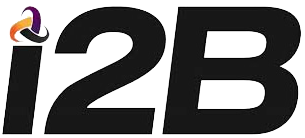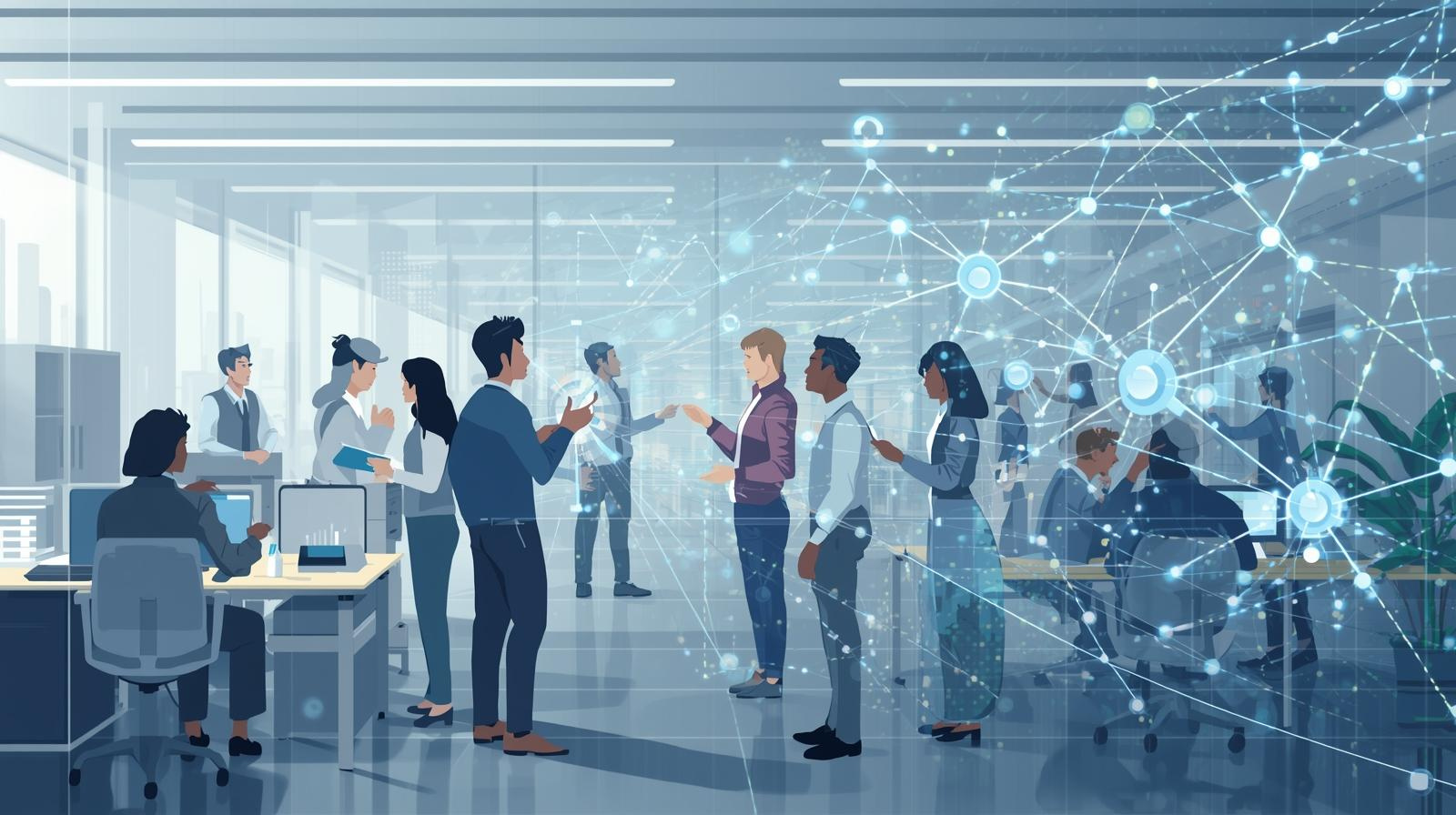Why Now Is the Time to Revamp Your Procure-to-Pay with i2B (Autumn 2025 Edition)
Introduction
As we approach the final quarter of 2025, businesses like yours are sharpening their focus on efficiency, cost control, and resilience. Tighter budgets, and the increasing demand for real-time visibility make this the ideal moment to reassess your procure-to-pay (P2P) processes.
For organizations still dependent on manual workflows, disconnected systems, or legacy approaches, the risk of error, overspend, and supplier friction is only growing.
In this climate, i2B’s SaaS P2P platform offers a compelling path forward—automating processes, improving transparency, and unlocking strategic value from procurement.
1 | Why Autumn 2025 Is a Critical Window for P2P Transformation
End-of-Year Budget Pressures
Many companies set the tone for next year’s priorities around Q4. Investing now in a modern procure-to-pay system can help procurement and finance leaders finalize budgets, set cost-control measures, and justify investments with quantifiable impact in 2026.
Supplier Negotiation Leverage
As vendors themselves face cost pressures and margin squeezes, procurement teams that can show a more efficient, data-driven back end may have more negotiating power. If you can demonstrate tighter cycle times, lower error rates, and better cash flow visibility, that’s a strong negotiating position when discussing price renewal or contract terms.
Prepping for 2026 Growth & Automation
If 2025 is characterized by stabilization, 2026 will be about scaling with automation and intelligence. Deploying or upgrading your P2P stack now gives you breathing space to optimize, train, and mature before the next wave of growth or AI adoption.
2 | How i2B’s SaaS P2P Platform Helps You Win in This Environment
Here are some of the key differentiators and advantages of adopting the i2B procure-to-pay solution:
End-to-End Automation
i2B automates supplier onboarding, requisitions, approvals, RFQ/PO generation, ASNs, OTD stats, scorecards, supplier communication, and provides a state of the art supplier multi-lingual portal to eliminate manual bottlenecks and reduce errors.
Processes that once required manual email threads and spreadsheet juggling are streamlined into a unified, auditable workflow.
Real-Time Visibility & Analytics
With built-in dashboards, spend analytics, and reporting, i2B gives procurement and finance teams actionable insight into commitments, supplier performance, compliance, and potential savings opportunities.
Your ERP Integration & “Single Source of Truth”
i2B is designed to complement existing ERP systems—pushing and pulling data so your procurement, operations, and accounting are aligned on one version of truth.
Supplier Self-Service & Portal
Suppliers can self-onboard, view PO status, submit invoices, and resolve exceptions within the portal. This reduces back-and-forth, speeds processing, and builds trust.
Cost Reduction & Efficiency Gains
Users report invoice processing cost reductions of up to 80% and diminished administrative overhead through process automation.
Given the pressure from rising SaaS costs, these efficiency gains allow you to better absorb price inflation or reinvest savings into strategic initiatives.
3 | Best Practices for a Successful P2P Rollout – Starting This Autumn
To get the most from your implementation, consider these tips:
| Best Practice | Why It Matters |
|---|---|
| Map & optimize current workflows first | You can’t automate a broken process. Use the implementation phase to clean up approval loops, eliminate shadow purchasing, and standardize requisition formats. |
| Phased rollout by department or region | Start with an i2B pilot before scaling enterprise-wide—helping manage change and gain quick wins. |
| Ensure stakeholder buy-in & training | Procurement, finance, and business stakeholders all need to see the benefit. Invest in onboarding, user training, and communication. |
| Monitor and measure KPIs from day one | Track cycle times, error rates, exception rates, cost per invoice, supplier lead times, etc. Use data to iterate. |
| Vendor / supplier onboarding support | Some suppliers may resist change—i2B offer onboarding help, Q&A sessions, or integration assistance to smooth adoption. |
4 | Looking Ahead: Trends That Will Shape P2P in 2026
- Predictive Procurement Becomes Standard – i2B’s P2P AI won’t just automate tasks — it’ll anticipate them. i2B will help forecast supplier delays, flag PO approvals and even predict spend overruns before they happen. Platforms like i2B will integrate predictive analytics into dashboards for proactive decision-making, not reactive firefighting.
- Smart purchasing integration and supply chain automation — Emerging research shows potential for blockchain-enabled procurement when demand variability is bounded. i2B will be at the forfront of this development.
- Deeper supplier risk & ESG analytics — Procurement will increasingly be asked not just “how much,” but “how sustainable, compliant, resilient.”
By getting ahead of these changes, organizations using i2B will be well-positioned to evolve without major rework.
Conclusion
Autumn 2025 is more than just another quarter—it’s a strategic inflection point. For firms still managing P2P via manual or semi-digital tools, delays, inefficiencies, and rising SaaS costs are mounting pressures. Adopting or upgrading to a modern, integrated SaaS P2P platform like i2B isn’t just about automation—it’s about resilience, control, and strategic leverage in a competitive landscape.
If you’re ready to accelerate your procurement transformation, there’s no better time than now. Reach out to i2B for a demo, roadmap, or pilot project to see the impact for yourself.

